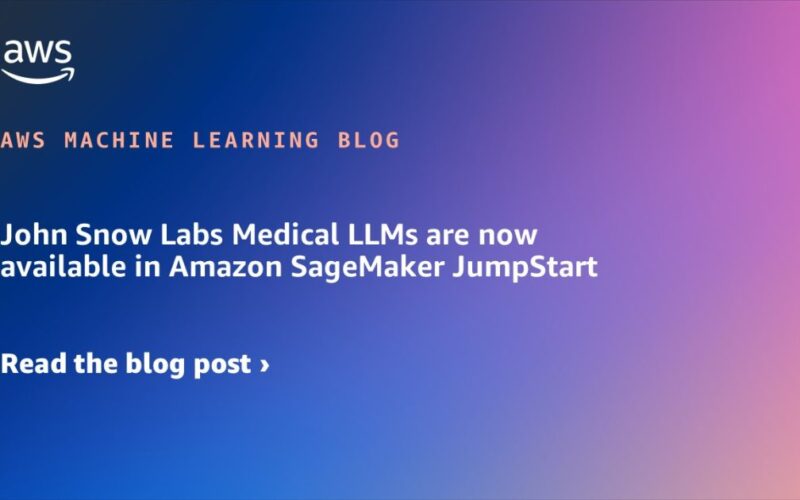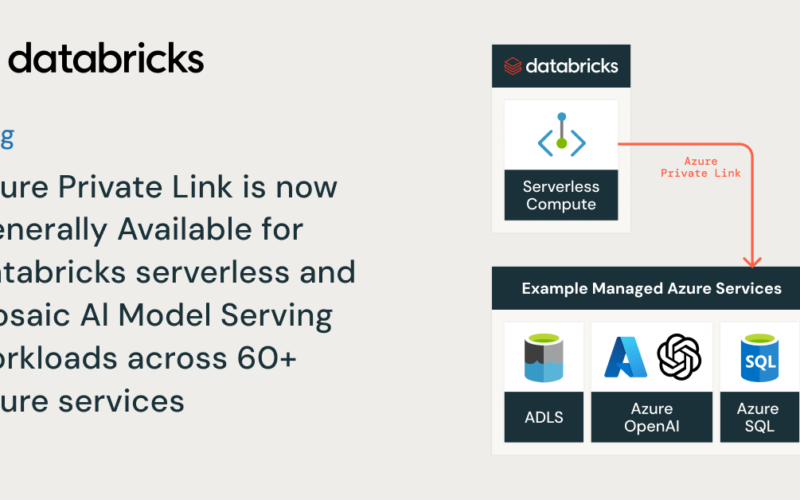25
Nov
arXiv:2411.14565v1 Announce Type: new Abstract: Video Anomaly Detection (VAD) aims to automatically analyze spatiotemporal patterns in surveillance videos collected from open spaces to detect anomalous events that may cause harm without physical contact. However, vision-based surveillance systems such as closed-circuit television often capture personally identifiable information. The lack of transparency and interpretability in video transmission and usage raises public concerns about privacy and ethics, limiting the real-world application of VAD. Recently, researchers have focused on privacy concerns in VAD by conducting systematic studies from various perspectives including data, features, and systems, making Privacy-Preserving Video Anomaly Detection (P2VAD) a hotspot in…







